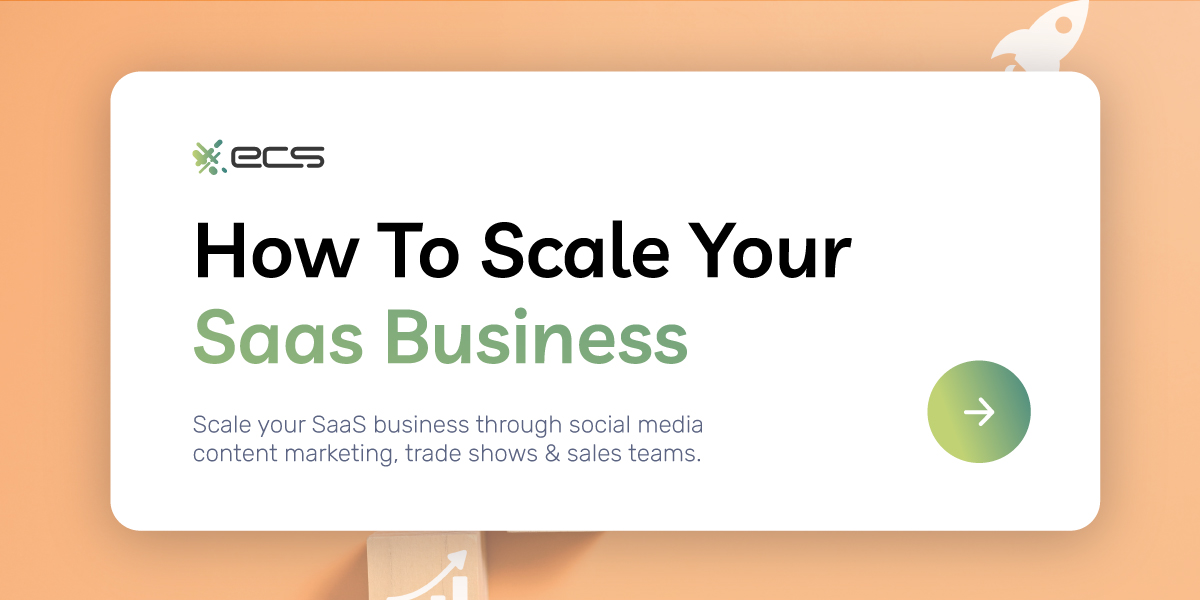From a business growth standpoint, SaaS is one of the most exciting inventions in history. Delivering cloud-based software to subscribers creates a possibility for scalability that has never been seen before. That’s why this $3 trillion industry will be worth $10 trillion by the end of the decade. And that’s why the median revenue growth of America’s largest public SaaS companies is a whopping 22%.
If you’re reading this article, you’re probably wondering how to tap into those growth rates. The potential is certainly there, even if your SaaS isn’t Oracle, Salesforce, or SAP. How can smaller SaaS startups scale their business and obtain that coveted household name status? For starters, it depends on if your SaaS is a B2C or B2B product.
SaaS Industry Overview
It’s hard to say for sure whether B2C or B2B SaaS has a larger market share. In part, this is because some SaaS products have an inherent overlap. For instance, the popular graphic design software Canva is great for both business and personal use (e.g., birthday invites). Even so, some estimates suggest that B2B SaaS occupies about 80% of the market.
There are approximately 30,000 SaaS companies worldwide, with most of them (17,000) in the United States, followed by the United Kingdom (2,100). The largest SaaS sub-sectors by revenue are financial services, marketing, analytics, CRM, AI, ERP, HR, security, development, and eCommerce. Interestingly, fintech is by far the largest subsector, with revenue twice that of marketing (25 billion to 11 billion).
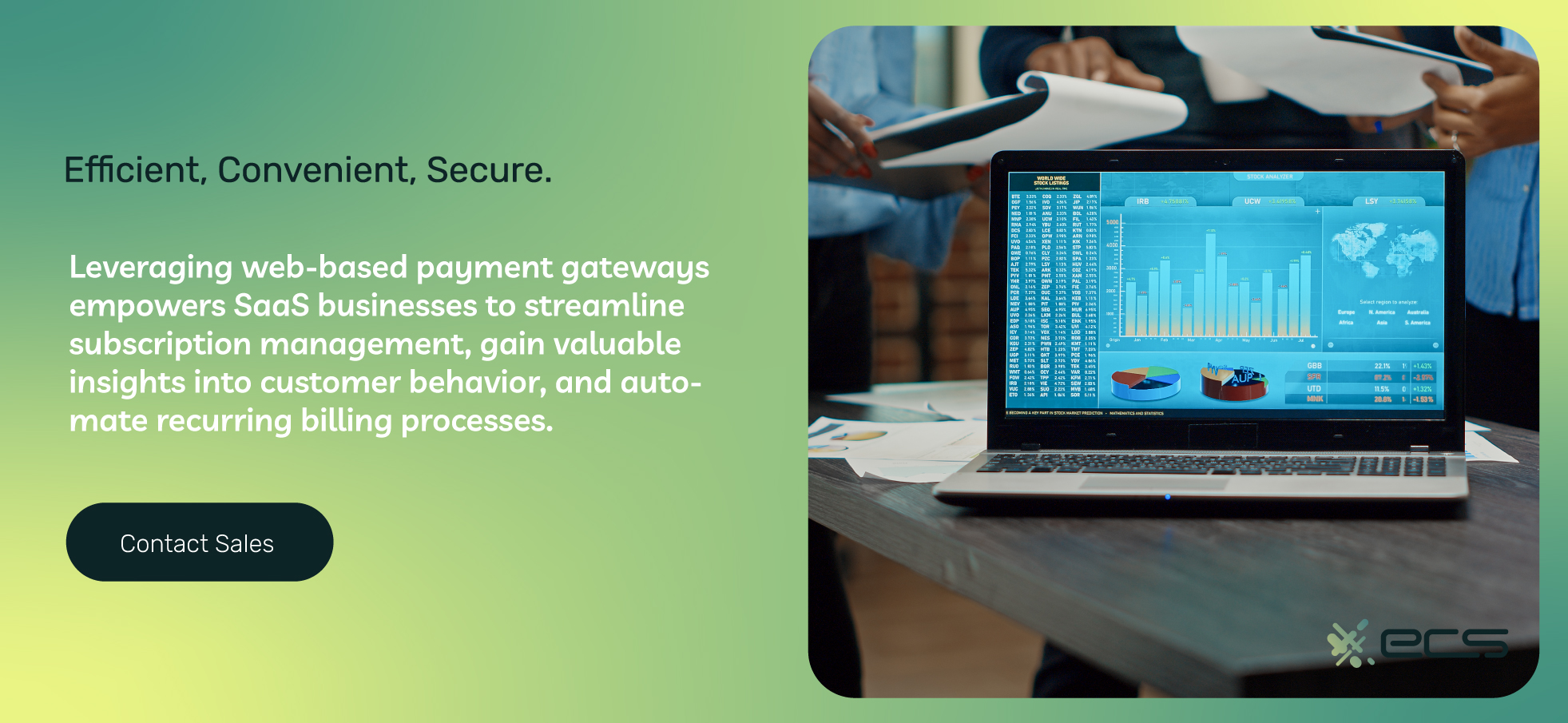
How To Grow a SaaS Business
There are several ways to scale a SaaS business. We’ll look at a few strategies here, including social media, content marketing, trade shows, sales teams, integrations and partnerships, and farming versus hunting. Let’s dig in.
Paid Social Media Ads
Most social media users are aware that organic social media growth is dead. However, paid ads are still an incredibly cost-effective way to scale any type of business. For a few dollars, you can target exactly the type of subscriber you’re looking for.
One survey found that 63% of social media users clicked on a paid social ad, and 33% made a direct purchase. In terms of long-term engagement and community-building, A Hootsuite study found that 5.17% of Facebook likes on a page were generated by organic posts. Comparitively, 28% were attributable to paid campaigns.
In other words, paid advertising had much more impact than organic social media content—and excellent click-through rates to boot. Moreover, you can use social media ads to make inroads against competitors and even the playing field.
David and Goliath
Companies like Salesforce, Oracle, Adobe, and SAP have dozens of industry-specific solutions. They have robust sales organizations dedicated to rolling out products across entire regions. How can your small SaaS compete with these behemoths? Simply by getting your brand in front of the right people.
Salesforce cannot stop you from running an Instagram ad campaign to promote your CRM to small business owners in the industry you cater to. Nor can Intuit (maker of Credit Karma) prevent you from advertising your fintech personal finance app to consumers.
Your social media strategy will depend on your B2B or B2C audience. Payroll software will fare better if marketed on LinkedIn and put in front of HR managers. A customer-facing rewards application (like Toast) will do better on Instagram “foodie” communities.
Whether your endgame is B2B or B2C, paid ads allow David (your SaaS startup) to go up against Goliath (Salesforce, Oracle, etc.).
Attend Trade Shows
Many SaaS growth strategies circulate around digital ideas like social media marketing channels. But sometimes, it’s time to do things the good old-fashioned way: in person. That means bringing your products or services in front of potential customers at a trade show.
Trade shows are a great way to create lead generation. In the B2B sphere, converting a trade show lead was 38% less expensive than relying on phone calls alone. 52% of business owners believe that trade shows offer the best ROI compared to other marketing channels. And many companies see a 4:1 ROI on trade show expenditures.
Every industry has its specific set of trade shows. These trade shows may occur locally, but often, they occur in convention center nexuses like Las Vegas. Why not bring the entire marketing team along for a little team building as well?
Some trade shows occur in industry-specific areas that are saturated with a particular type of product or service. SaaStock, Mind the Product, and CXO Summit are a few of the big names happening in tech hubs like Austin, Dublin, and San Francisco. These events are a great way to meet potential customers, sales teams from other integrative software companies, and even potential investors.
Hire a Sales Team
Never underestimate the power of a good sales team. All large SaaS companies have extensive sales teams, especially in the B2B world. These teams create long-lasting client relationships through a several-phase process that often begins with lead generation.
Lead generation may be inbound or outbound. Inbound lead generation often relies on web-based strategies like content or email marketing. Outbound lead gen often involves placing the “classic” sales phone call. Eventually, a decision maker is reached, and an appointment is set up for a product demo.
At the product demo, your SaaS is put on display for a potential business client. They’ll have an opportunity to ask questions, and you’ll have an opportunity to ask questions. Through the process of conversation and discussion, a deal will emerge.
Sales engineers then get to work making sure the software can be perfectly tailored to the customer’s needs. If the salesperson who closed the deal does not stay in place as the account manager, a customer satisfaction rep comes in to make sure the client is always taken care of.
Traditional sales teams are not usually a good investment for smaller B2C SaaS companies. You can’t go door to door selling your software to potential paying customers or call everyone in the phone book (for places where such a thing still exists).
However, sales teams are the heart of B2B SaaS organizations. As proof of their importance, sales teams actually increase in size as organizations grow. Salespeople make up 13% of organizations with 10-50 employees, 16% of those with 51-100 employees, and 18% of organizations with 100-500 employees.
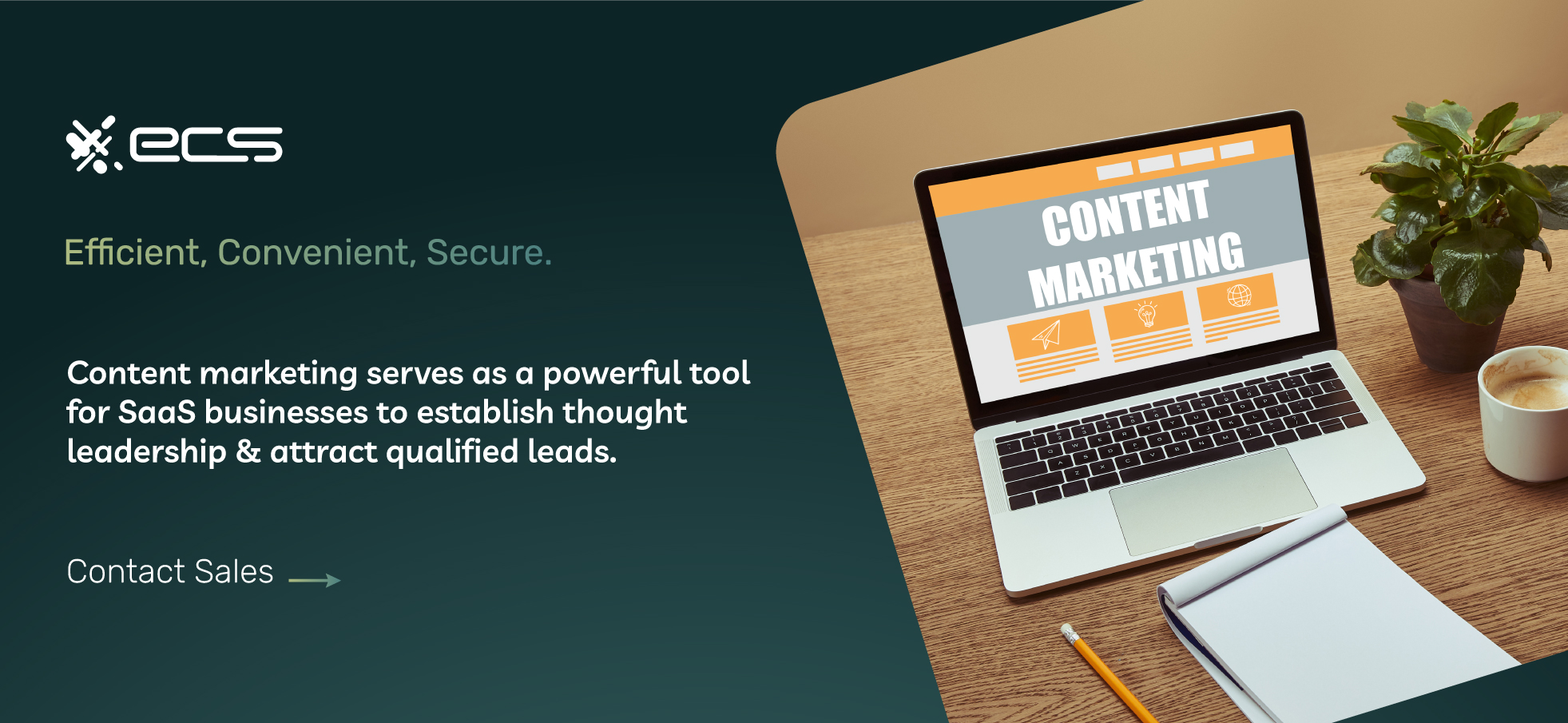
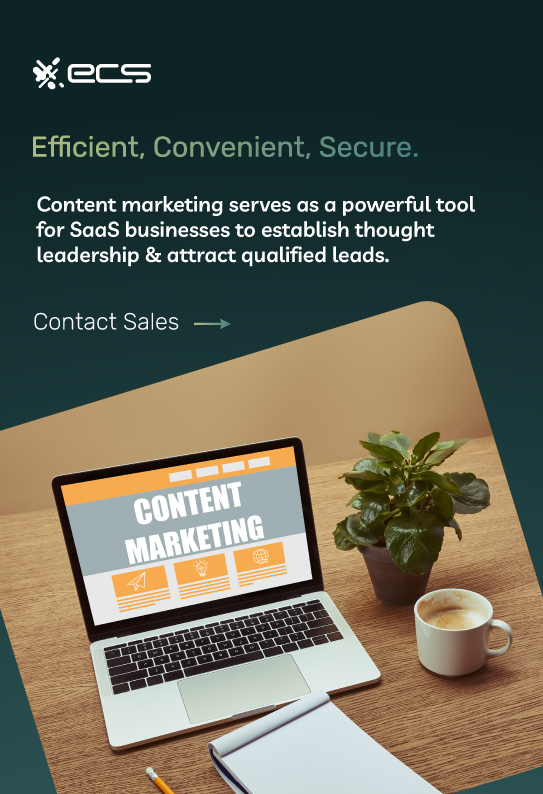
Content Marketing
Content marketing is another great way to scale your SaaS business. Software companies like Hootsuite, Moz, and HubSpot have praiseworthy blogs that industry professionals actually read to learn about product development or how to improve their business model.
You can bet that these blog posts convert some curious readers into paying subscribers. The blog journey looks a little bit like this: someone has a question about something your SaaS does. They find your blog by typing their question into Google. They are impressed with your expertise and are interested in your services.
Content marketing (much like paid social media ads) is another way that smaller SaaS companies can compete with larger companies like Salesforce and Oracle. That’s because smaller SaaS companies are more likely to provide niche solutions—and research has shown that niche products have higher conversion rates.
This means that your content marketing (particularly blogging or video blogging) can be much more appealing to small business owners in specific industries. You can deliver much more meaningful content addressing some of the specific questions that might arise.
Treat your online content like a landing page. After engaging the potential customer, they should be guided toward a subscription. For B2C customers, this will just be a sign up. For B2B customers, this may be a product demo. Either way, capitalize on the opportunity by creating a call to action for the customer.
Great Minds Think Alike
The glue that holds together the vast network of the SaaS ecosystem is integrations. Integrations are what allow one software to pull data from another. For example, marketing software like SproutSocial can integrate with Facebook and Instagram to glean very nuanced data. Lending apps like Dave, Brigit, and Beem integrate with hundreds of banks to assess customer risk.
Integrating with related software services can be a huge way to grow your SaaS brand simply by piggybacking on what they offer. Two things are needed to facilitate this possibility: (1) you must be able to integrate with other SaaS products, and (2) you need a sales team.
At the product level, this means providing clear APIs and SDKs in a variety of programming languages. You could also offer low-code or even no-code integration tools. Examples of no-code integration are found in the world of drag-and-drop web builders or site platforms like WordPress.
There are hundreds of startup SaaS companies that are piggybacking off consumer familiarity with WordPress. Many of these solutions are extremely niche products. For example, Poptin allows site builders to create a popup box for collecting emails. Referral Candy allows retailers to create referral codes.
B2B integrations will require a little more legwork. This involves creating a partner ecosystem, usually through a proactive sales approach. Think of other SaaS solutions that serve your particular industry. Can you reach out to those companies and discuss the possibility of integration? If you can, this means that their clients become your clients, and vice versa.
Don’t Just Hunt…Farm
In the sales world, hunting refers to obtaining new business. But how many subscribers are exiting your business each month? What’s your churn rate? Perhaps it might be time to do a little bit of farming. In sales, farming refers to cultivating relationships that are already there.
This can mean a few different things. On the one hand, it means making sure your current subscribers are satisfied. Customer acquisition costs vary by industry. But generally speaking, most marketers agree that CAC far outweighs retaining current customers. In fact, it may be 5-25 times more expensive.
How do you keep current customers happy? Staying relevant, responsive, and competitive. Product bugs, increased prices, and bad customer service are a few reasons why larger enterprises experience churn. Smaller companies are even more at risk of facing churn from these issues because they lack the brand recognition and trust engendered by big names.
Another aspect of farming is deepening your relationship with current customers. What other products and/or services can you offer them? In the B2C market, banks are very good at deepening relationships because they have a plethora of products to offer: checking accounts, savings accounts, retirement accounts, mortgages, car loans, credit cards…
Your small to midsize SaaS company may not have a whole suite of products that it can offer customers. But perhaps you can periodically encourage customers to upgrade to higher product tiers with more bells and whistles. In the B2C arena, language-learning app Duolingo uses this quite well.
Free subscribers get a certain fixed number of “hearts” that allow them to keep learning if they get a wrong answer. Only paid subscribers enjoy unlimited learning. Likely, your SaaS can also create product tiers that come with additional bells and whistles.
And if you offer ancillary products, that’s an even better opportunity. For example, Intuit is the brand behind Mint (personal finance management), Quickbooks (accounting), and Turbotax.
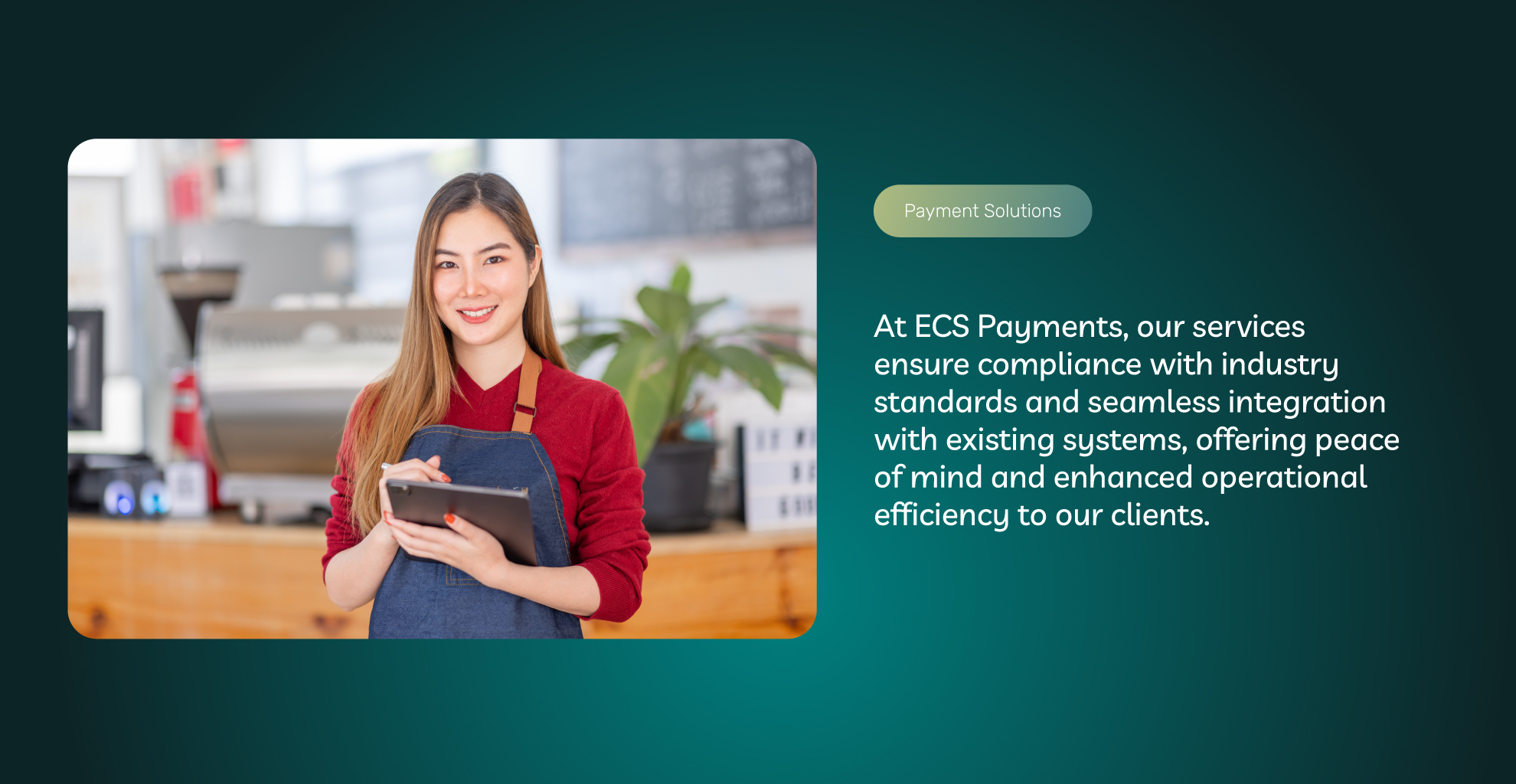
The Point of Sale
Cloud-based subscription models will need web-based payment gateways that can retain subscribers. Nobody will be paying for your SaaS in person. True, in the B2B sphere, it may be the case that a customer cuts you a check or makes a one-time payment. However, many B2B customers also pay through a subscription model.
The payment gateway can become a great place to collect SaaS marketing insights. You will see where your customers are located, what they purchase (for instance, if you have multiple products), and when. You can use this data to pick up on sales trends to capitalize on.
For instance, you may notice seasonal or location-based upticks in subscriptions. These can become clues that you can use to pivot your sales teams down more productive trails. You can combine the point-of-sale data with other data, such as documenting the customer journey through your website or paid advertising metrics.
Unlocking this data is possible with a payment processor. The processor can also handle other requirements around processing subscriptions, like storing customer credit card information to run repeat periodic transactions. They can also integrate with your own functional software, like accounting, HR, and resource management (if applicable).
The payment gateway can actually become a crucial piece of scaling your SaaS business because it will allow you to automate and scale your subscription model. The processor will also take on the responsibility of defending cardholder data from cyber attacks. To learn more about how the payment gateway can help scale your SaaS organization, contact us or fill out the form below.
Frequently Asked Questions for Scaling Your SaaS Business
Social media advertising, particularly paid ads, is a cost-effective method to target specific subscriber demographics. It enables you to compete with larger competitors, increase brand visibility, and achieve higher engagement rates compared to organic social media strategies.
Yes, trade shows remain highly relevant for SaaS growth. They offer an opportunity for lead generation, networking, and creating brand awareness. Many businesses find trade shows to be a cost-effective method with a high return on investment, especially in the B2B sector.
A well-organized sales team is essential, particularly for B2B SaaS companies. Sales teams facilitate lead generation, product demos, and customer relationship building. They play a vital role in increasing customer acquisition and retention, making them a valuable investment for business growth.
Content marketing is a powerful strategy for scaling a SaaS business. Creating informative and niche-focused content helps establish authority, attract potential customers through search engines, and compete with larger competitors. It provides a platform to engage with the audience and guide them towards subscription or product demos.
